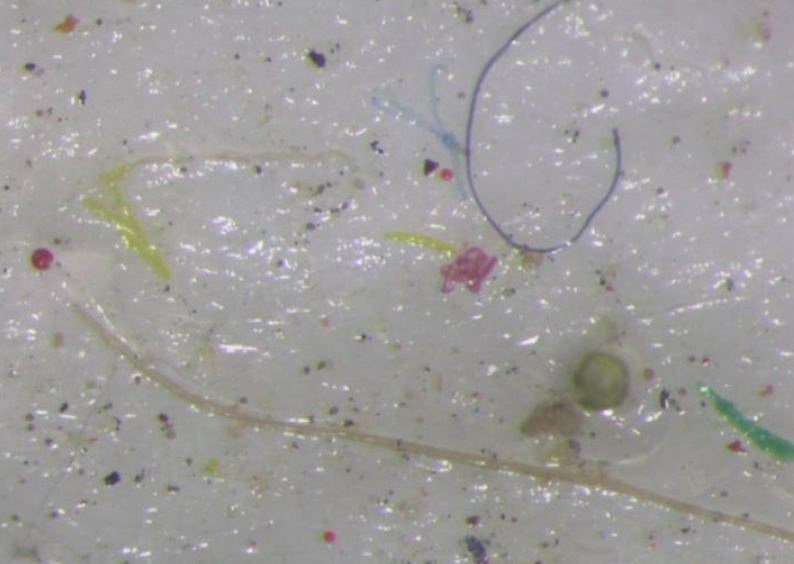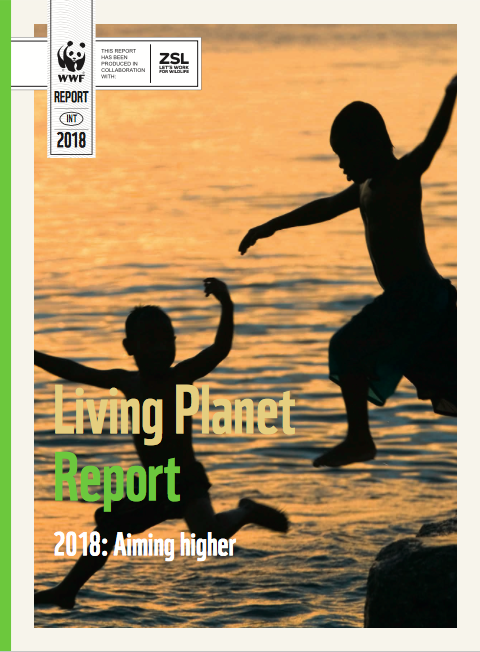
Infectious disease experts have had plenty to worry about in recent decades, including HIV/AIDS, Ebola, and Zika. But one disease scares them above all others—influenza. That’s right, the flu.
news.emory.edu - by Martha McKenzie - December 2018
Even though many people dismiss and misunderstand it—calling everything from a cold to a stomach bug “the flu”— influenza actually claims 12,000 to 56,000 lives in the U.S. every year. And that’s in a normal flu season.
Every so often, a flu pandemic emerges. That’s when a new strain appears that is so different from what has circulated before that people have no immunity to it. A hundred years ago, the 1918 H1N1 pandemic swept the globe infecting about a third of the world’s population and killing 50 million to 100 million people. Since then, there have been three more pandemics, in 1957, 1968, and 2009.
The next pandemic, say experts, is a question of when, not if. Are we ready?
(CLICK HERE - READ COMPLETE ARTICLE)












Recent Comments